What is green coffee rehydration & could it help specialty coffee roasters?
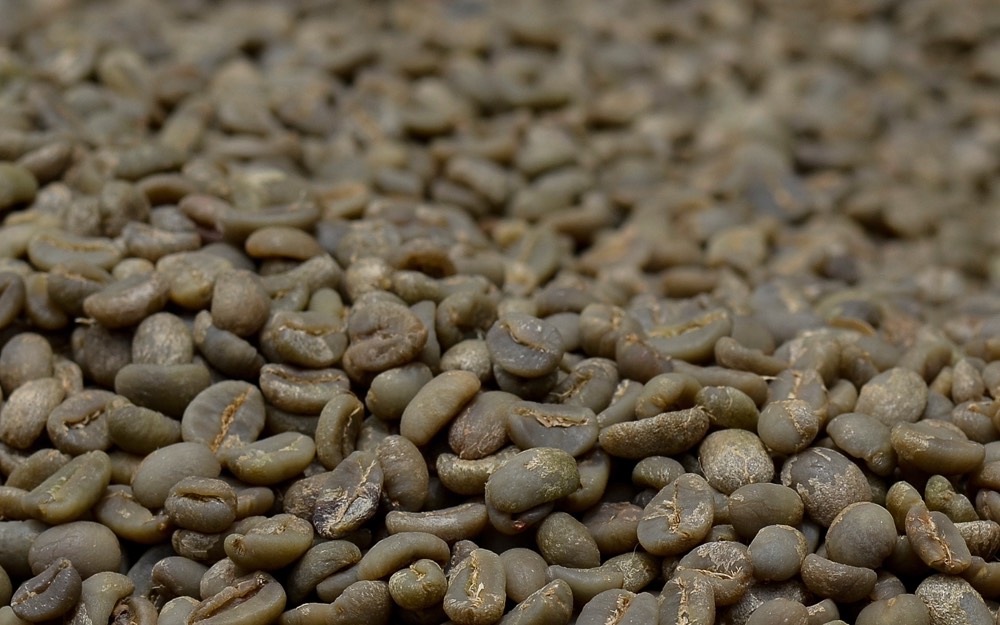
According to the International Coffee Organisation, the ideal moisture content for green coffee is between 8% and 12.5%. This ensures roasters can get the best results from their coffees, as well as allowing customers to experience the full spectrum of flavour and aroma.
As a general rule, during transit and storage, there should be as little exposure to moisture as possible to protect the integrity of green coffee. However, if packaged or stored incorrectly, moisture levels can fluctuate – effectively meaning quality can slip. Coffee beans can also become stale and age more quickly.
To address these issues, a small number of industry professionals have started to experiment with green coffee rehydration. Essentially, this practice increases the moisture content of green coffee beans to be within the ideal range – or even higher.
So how can this technique benefit roasters? To find out, I spoke to Diane Rafla and Christopher Feran. Read on for more of their insight.
You may also like our article on how often specialty coffee roasters should rotate green coffee.
Which factors affect the moisture content of green coffee?
Most industry professionals agree that when stored and packaged correctly, green coffee can stay fresh for between six months and one year after harvest. You should also store green coffee in dry, cool conditions with little exposure to sunlight.
However, if exposed to certain environmental conditions for too long, the moisture levels in green coffee can change. This means quality and freshness will also decline.
Temperature is one of the most important variables that affects green coffee, as exposure to significant temperature fluctuations will impact water activity inside the beans. This causes condensation to form in the packaging, which creates a humid and moist environment.
Temperature extremes also affect the respiration process, which can change how water behaves inside green coffee beans.
Environmental humidity is another key factor. If the surrounding air is too dry, moisture can leach out of green coffee – meaning the beans can age and stale more quickly. Conversely, if the air is too humid, the beans may absorb more moisture. This can result in the formation of mould or mildew, and can even cause defected beans – which massively reduce coffee quality.
Although time itself doesn’t cause green coffee quality and freshness to degrade, it can be used as a measurement of how much temperature and humidity – as well as oxygen and light – have an impact. Over a longer period of time, these variables will cause green coffee to lose its flavours and aromas.
Why rehydrate green coffee?
To stay as fresh as possible, green coffee needs to have the optimal level of moisture. This also allows roasters to get the best results when roasting their coffee.
Prolonged exposure to temperature fluctuations, humidity, oxidation, and light will cause a number of unpleasant flavours and aromas to develop, which often taste stale and flat. Some of these include:
Wood
Paper and cardboard
Cereal or grain-like
Baggy (as in taking on the flavour of burlap bags)
Wood
Musty
Straw or hay
With the right level of moisture, coffee will roast more uniformly. Moreover, it’s theoretically easier for roasters to achieve the right roast profile, and the roasting process itself will be more energy efficient. This is because the moisture inside the beans helps to transfer heat more evenly.
Christopher Feran is an independent coffee consultant and industry expert.
“There’s something about fresh, high-moisture coffee that is transcendent [in terms of flavour and quality],” he tells me. “Around 90% of the coffee I buy is ‘stable’ [in terms of moisture content], but high-moisture coffee is much less stable.
“However, low moisture levels are also a problem for roasters,” he adds. “We associate this with coffee that tastes flat, less complex, and grain-like. This is because of the reduced vapour pressure inside the beans, as well as the lower rates of Maillard reactions which require a certain level of moisture.”
Old green coffee also contains less water, which means it’s more difficult to roast. This can result in uneven roast profiles, or even scorched or burnt beans.
Shipping and transportation
During transit, green coffee needs to stay fresh for as long as possible, which means maintaining its moisture level among other variables. However, it can take weeks for roasters to receive their green coffee as most coffee is transported long distances via cargo ships.
In turn, it’s certainly possible that green coffee will lose some of its moisture content during this period. Therefore, if roasters can replenish moisture levels, there could be a number of benefits.
Christopher, however, points out that proper storage during transportation is the first step to mitigating loss of moisture.
“If green coffee is stored in GrainPro bags or another similar liner, it won’t lose much moisture over time,” he says. “Many roasters are surprised when they measure the moisture levels of old coffee and find that it’s no drier than when it arrived.
“Fading is a complex phenomenon, but it’s largely the result of lipid oxidation,” he adds. “Moisture plays a role in this, but so does exposure to heat and oxygen.”
Considerations when rehydrating green coffee
Although the practice is still very much in its infancy, the most common way to rehydrate green coffee is to soak the beans in clean, soft water (which means it contains little or no dissolved calcium or magnesium) in sanitised containers.
Using this technique, the coffee beans are completely covered by water and thoroughly mixed to ensure even and full saturation. The total rehydration time will also depend on the age of the beans, so you will generally need to soak older coffee for longer.
Christopher, meanwhile, uses a different rehydration method which involves mixing a carefully calculated amount of water with green coffee beans.
“I recommend rehydrating green coffee for between eight and 20 hours to allow it to absorb some of the water,” Christopher says. “Longer than 20 hours will increase the chance of mould growth.”
Most roasters who have experimented with this technique aim for a moisture level between 12% and 16%.
In line with this, it’s also important to emphasise that green coffee can contain too much moisture. Before attempting any kind of rehydration technique, it is crucial to understand the optimal moisture level for the green coffee you are using – otherwise the beans may absorb too much water.
However, Christopher tells me that measuring moisture levels accurately can be challenging.
“Most of the time, fluctuations in moisture content are due to stabilisation,” he explains. “Moisture meters only measure activity on the surface of the beans, so if coffee is dried quickly (such as in full sun, on patios, or using mechanical driers set at 60ºC), then only the surface of the beans will have the optimal level of moisture.
“Once the coffee rests and stabilises, it will reach a higher moisture level because the water inside the beans has redistributed,” he adds.
Roasting rehydrated coffee
Another important factor to consider is how long you need to wait before roasting rehydrated coffee. Most roasters who use these techniques recommend waiting no more than 24 hours, but this ultimately depends on each individual coffee as you may need to roast some earlier.
Roasters also need to account for how the rehydration process will affect coffee flavour profile.
“In my experience, rehydrated coffee is tangier and has more persistent acidity,” Christopher says.
Rehydrating intentionally aged coffee
When we talk about coffee ageing, we generally associate this with undesirable qualities. However, there are a number of processing techniques which rely on ageing to change or enhance flavours and aromas, such as Monsoon Malabar processing.
More recently, we have seen the practice of barrel-ageing coffee gain some traction, which can result in more fruity and “funky” flavours.
Diane Rafla is the owner of Contrebande Bean, a micro roaster in Brax, France. She explains how she used barrels which previously stored Armagnac – a distinctive type of brandy produced in the Armagnac region in Gascony, southwest France – to rehydrate green coffee.
“I aged green coffee in a recently emptied barrel and the beans slowly absorbed some of the moisture from it,” she says. “This imparted some Armagnac flavours in the coffee.
“This year, I roasted some of this coffee and the results have been incredible,” she adds. “I would also be interested to see how this rehydration method could impact older beans.”
Addressing and overcoming challenges
According to Christopher, there is a risk of mould growth whenever you rehydrate coffee – whether using water or any other substances. This means controlling as many variables as possible, including time and temperature, is essential – especially when water activity increases above 0.7 wa.
As green coffee is hygroscopic (meaning it absorbs moisture from the surrounding air), it can be particularly challenging to handle and store rehydrated green beans correctly. If there is mould growth, the coffee should always be disposed of immediately.
“Oxidation is another risk,” Christopher says. “I would always encourage people to either roast the coffee immediately after rehydration, or to dehydrate to a more stable moisture level before roasting.”
However, dehydrating or drying rehydrated coffee can also be challenging as the beans are more vulnerable to various environmental factors, such as oxygen and temperature.
For rehydrating old green coffee in particular, it’s also unlikely that you can achieve the original level of flavour vibrancy.
“Rehydration may not be scalable, too,” Diane tells me. “It can be a significant investment to carry out the process successfully.”
Christopher, however, believes it’s possible to carry out the process on a larger scale.
For roasters with less experience, it’s recommended to experiment with rehydration methods in small batches.
The practice of rehydrating coffee is still very much in its infancy, so more experimentation is needed to understand the full impact of these practices on coffee quality and flavour.
For roasters who are able to and interested in rehydrating coffee, following current best practices and recommended guidelines is crucial to obtain the best results.
Enjoyed this? Then read our article on how to minimise the impact of green coffee storage.
Perfect Daily Grind
Want to read more articles like this? Sign up for our newsletter!
The post What is green coffee rehydration & could it help specialty coffee roasters? appeared first on Perfect Daily Grind.
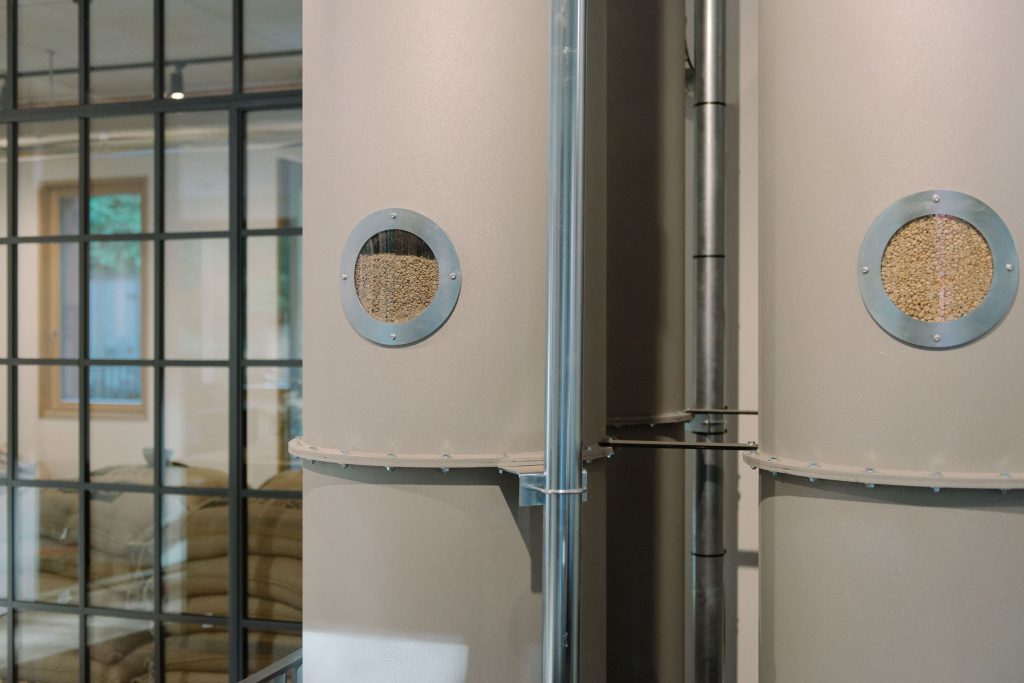
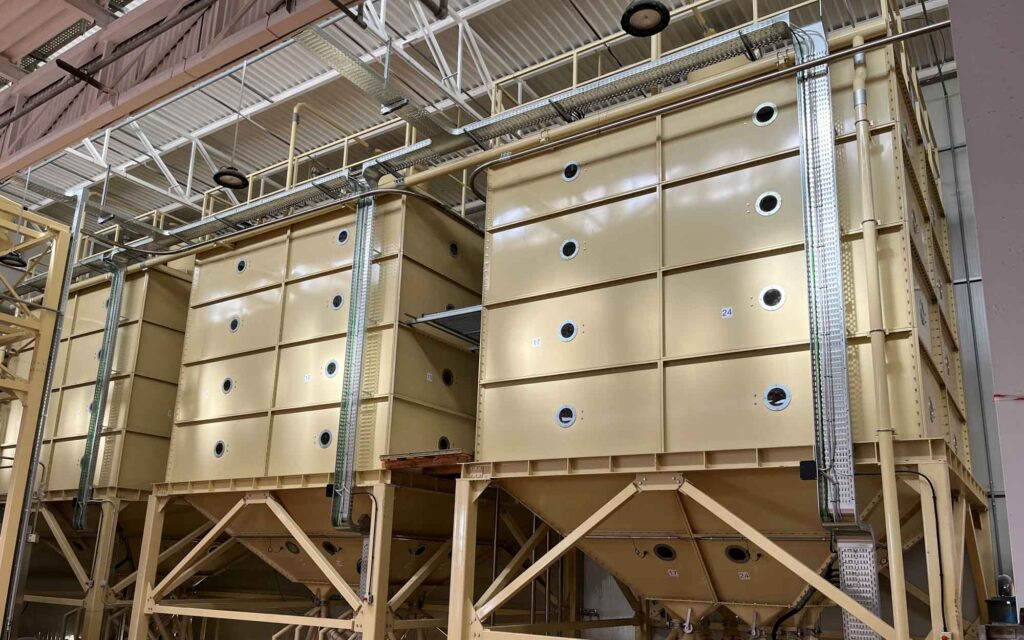
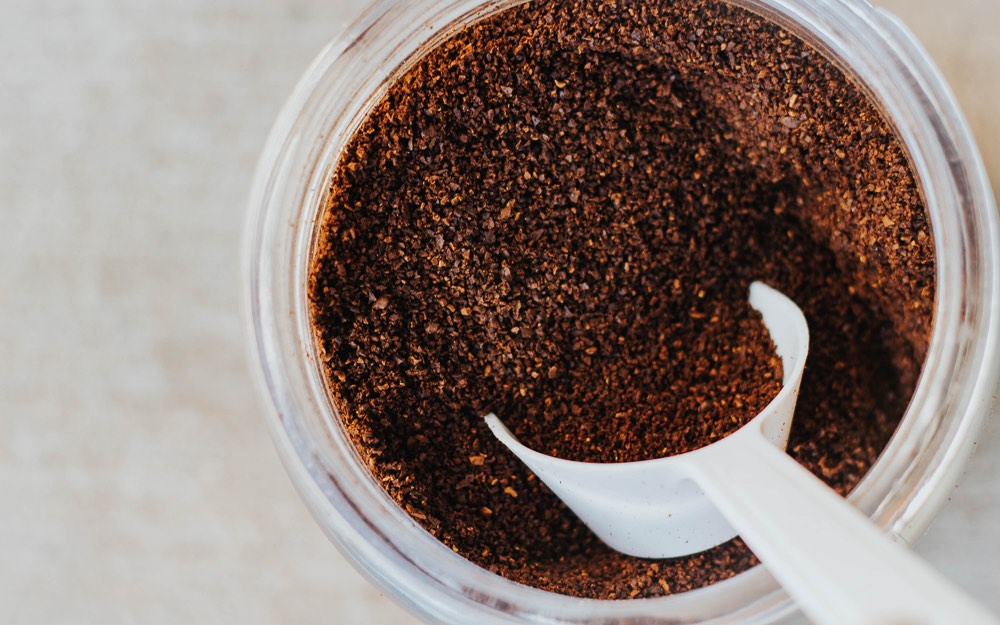
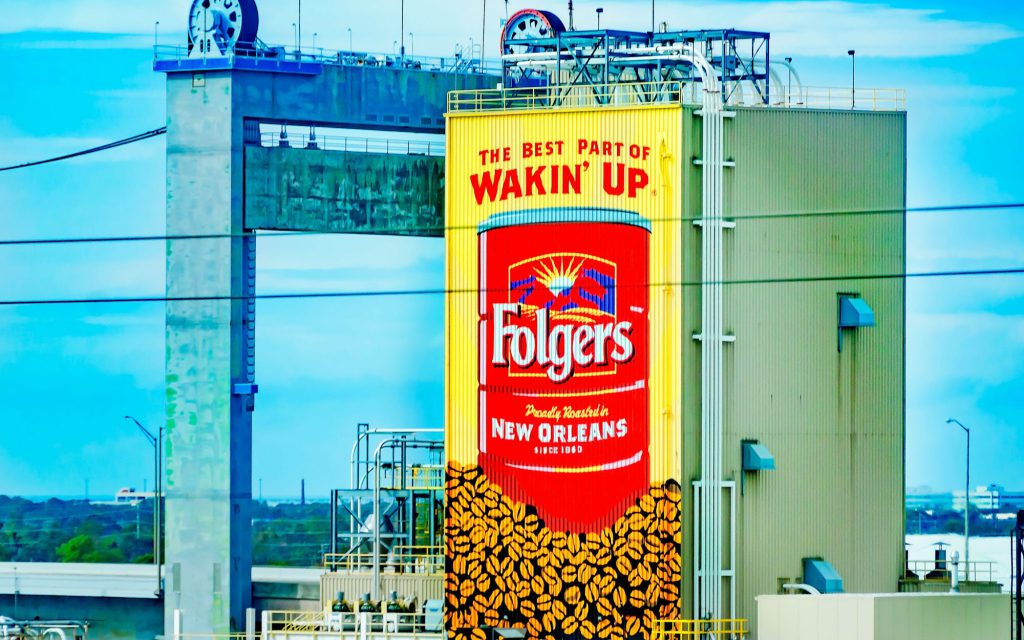

Responses